Big Eddy Bridge Revelstoke BC
The bridge is old, narrow and spans the mighty Columbia River. There’s lights at each end for one-way alternating traffic and for decades, long ago, it was the only way get to the other side. Autos or foot traffic. A long crossing of many hundred metres, it was an ambitious piece of engineering and is the subject for this post. It’s the Big Eddy Bridge in Revelstoke British Columbia.
It’s the summer of 2023, we’re tent camping just down the road and it’s proper time we got a closer look. As fervent backroaders we’ve crossed over this structure countless times the last couple decades (and for one Team member it goes back to their childhood) but that’s all. We’ve always been curious but never had the time, until now.
Big Eddy Bridge Revelstoke BC: crossing over with Chris Doering & Connie Biggart (BIGDoer/Synd).
Be like Hans…
This structure has stood on this spot for one year shy of a century and replaced an earlier 1910 built bridge located a bit downstream. That one was wooden. Prior to this, the only way to the other side was by boat, or by walking across the nearby Canadian Pacific train bridge. Neither was terribly safe nor always possible.
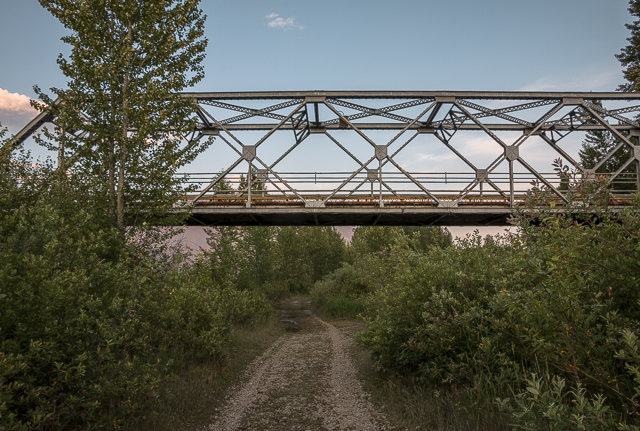
Exploring the historic Big Eddy Bridge in Revelstoke BC.
You might hear the bridge called by other names, most notably the Old Columbia River Bridge or sometimes the Wilson Street Bridge. The latter is in reference to the road on the Revelstoke side to which it connects. It’s Big Eddy Road on the other.
The structure is made up of six through-truss spans in total, supported by five intermediate piers of concrete and end to end is almost 330 metres long. It’s of riveted construction and consists of two Parker Truss segments with the remaining a modified Warren design.
The former are simply a common Pratt Truss design but with an polygonal (arched) top cord. This arrangement affords a lighter structures than one with a straight top cord without affecting strength. These are well suited for longer spans and in this case, the lay of the land, plus a deep channel necessitated the use of two here.
The furthest two piers on this side are different in form from the rest and protected by metal plating on the lower and underwater sections. So ice flows don’t damage the structure.
In a Parker Truss (and variants), the diagonal elements are under tension and verticals under compression. This was a common design for both road and rail bridges of the era.
The other four segments of the Big Eddy Bridge span shallower sections of the river and as such are shorter, simpler and of a more economical design. These are modified from the typical Warren Truss in that the number of diagonal elements has been doubled. They’re usually in a V form, but here make an X, which our bridge friends tell us is an uncommon variant.
In Warren Trusses diagonal elements can be under compression or tension depending on location. The design was similarly popular of the era but mostly for road use. For railway applications, which required beefier designs, Pratts and variants were instead used more.
Wikipedia has this to say about the advantages of the Warren Truss design: “This configuration combines strength with economy of materials and can therefore be relatively light. The girders being of equal length, it is ideal for use in prefabricated modular bridges.”
Open deck bridges, so ones with the support bits below, are preferred these days and for one not restricted by clearances. These are now the norm for many applications, although lots of older spans with through trusses are still in use today.
The single lane layout and lighter construction of Big Eddy Bridge were acceptable for the time, but rather curious and out of place today. People back then made due, where as we today as a whole, seem less able to do so.
The bridge has a cantilevered walkway on the south side. The road deck is of expended metal and in certain applications this can be advantageous as lighter, lower in maintenance and it helps with drainage. I’m sure there’s other reasons too. They make your tires hum when crossing, so noisy, and seem to cause odd handling.
Until a bridge for the then building Trans-Canada highway was put place (early ’60s) a bit upstream this was the only road crossing over the Columbia in the area. The river is wide and sometimes quite swift flowing which no doubt made the job a real challenge. The Trans-Canada bridge is 310 metres long and the deck supported by suspended cables negating the use of mid-river piers.
The Canadian Pacific Railway’s Columbia River crossing can be found between the Trans-Canada and Big Eddy Bridges. There’s been one here, in one form or another since the 1880s, but the current incarnation is from the late 1960s. It was built right next to the one it was to replace, so rail traffic was not disrupted.
It’s a of a open-deck plate girder design with many segments and replaced one made in a through truss form. The current span is just over 300 metres in length.
The gravel flats below afford one a good view of passing trains – if you’re into that kind of weird stuff. They come often here along the CPR’s east/west mainline and based on our own observations at the campground, 2-5am seems the busiest.
The Big Eddy Bridge appears to be holding up well enough and probably has lasted well beyond the expectations of its builders. As to what firm made it, there seems be no info out there. We looked for a builder’s plaque, which are often affixed to the structures but did not spot one. Did we miss it, or was ever there in the first place, or was it there and now gone?
In any case, Dominion Bridge could be candidate, since they had the market corned in this country at the time. But we can’t say for certain.
The structure is weight and speed restricted which will help extend its service life. Still a local politician has this to say: “…a recent inspection conducted on the Big Eddy bridge…led to the tonnage allowed on the heritage piece to be lowered. He (Orlando) questioned how long the bridge had until it was no longer viable (note: for road traffic at least – reusing for pedestrians was suggested).” Revelstoke Review.
Think of all the changes in the world since it was built in the 1920s. Model Ts vs F350s – and that’s quite a contrast in weight. How ever you look at it, what a throwback to another time.
The Columbia River today exists in its natural state near Revelstoke for only a few short kilometres around town. There’s a hydro dam a little upstream and the reservoir from another dam well south of here backs up the water almost into the community. So it’s lake, a short river spanned by the bridges seen here, then a lake again.
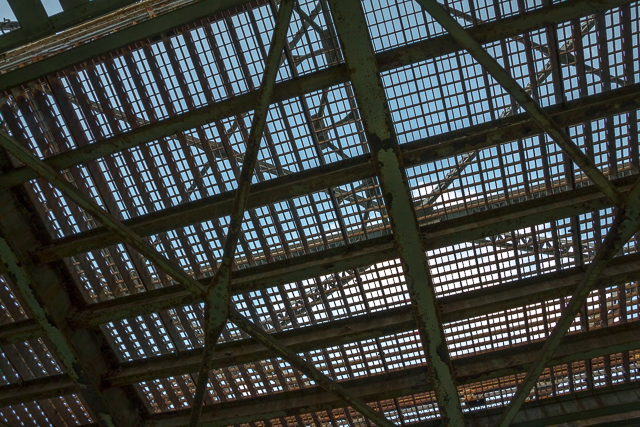
Metal grating for the roadway.
The Columbia has so many dams that in many places it’s more like a series of interconnected lakes than anything else. Guess we all need power and it provides that in spades.
Revelstoke was founded in the 1880s, with the coming of the railway, and this gorgeous mountain community home to just over eight thousand folks. We thoroughly enjoyed our stay there and wanna go back badly. We hiked, explored and came away happy.
Know more about the town (new window): Revelstoke British Columbia.
They’re saying…
”Best little bit of history in Western Canada…if you love our history this site is worth exploring!” Brian Holt.
More like this…
Blue Bridge to Nowhere.
Bridges of Cambria.
Three Bridges (Trail BC).
Something to say and no one to say it to? Go here: Contact Us!
Date of Adventure: July, 2023.
Location(s): Revelstoke, BC.
Article references and thanks: HistoricBridges.org, STRUCTURE Magazine, Revelstoke Museum & Archives, BC Ministry of Transportation and Royal BC Museum Photo Archives.
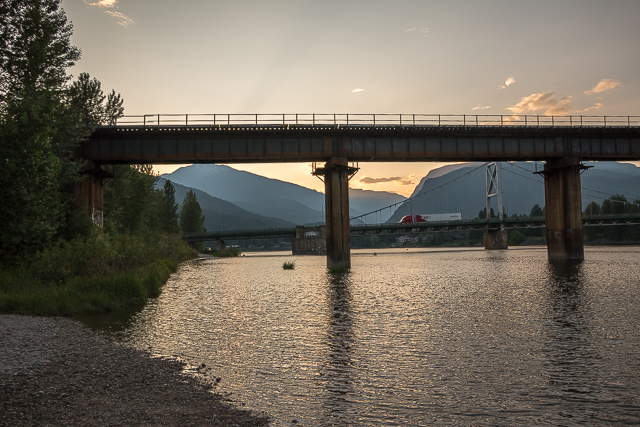
The CPR train bridge is just upstream.
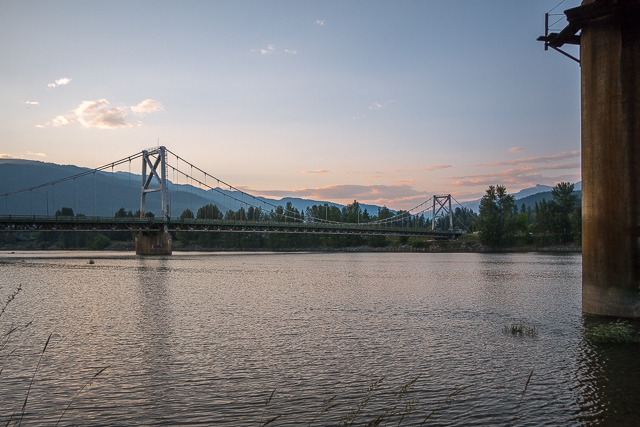
As is the main Trans-Canada highway crossing.
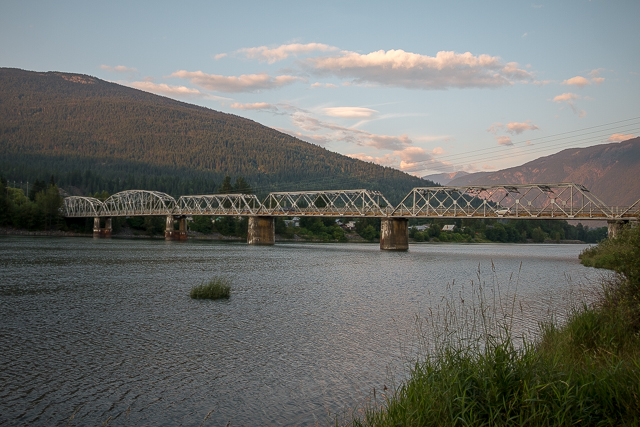
Spanning the mighty Columbia River.
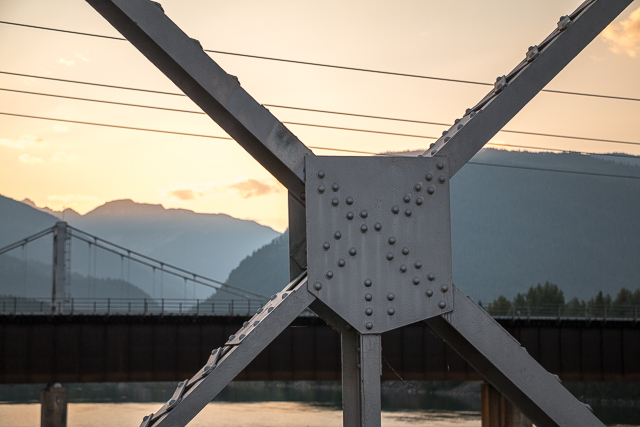
Riveted construction.
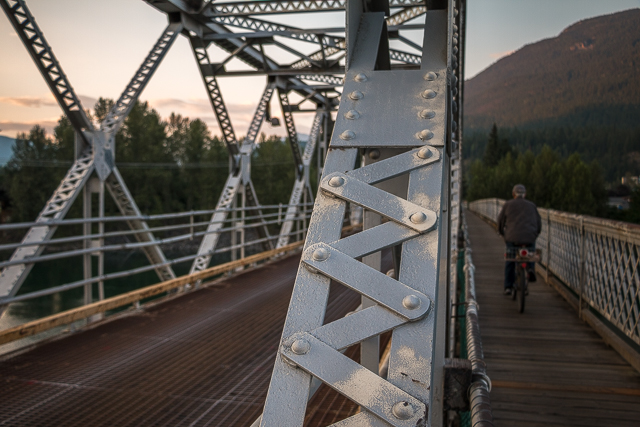
There’s a narrow walkway on one side.
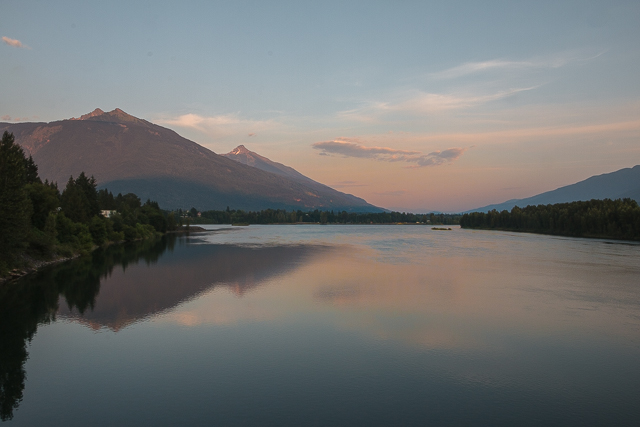
A gorgeous view looking downstream.
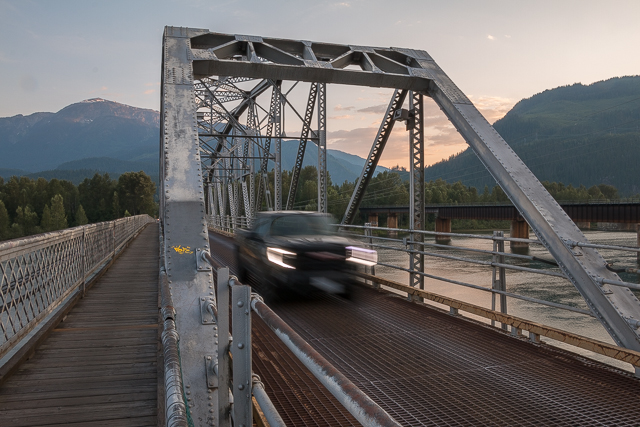
For decades it was the only auto crossing in town.
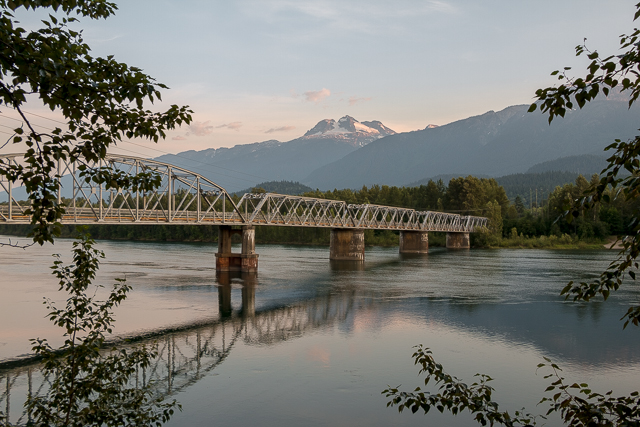
From the Revelstoke side looking to Big Eddy – Mt Begbie in back.
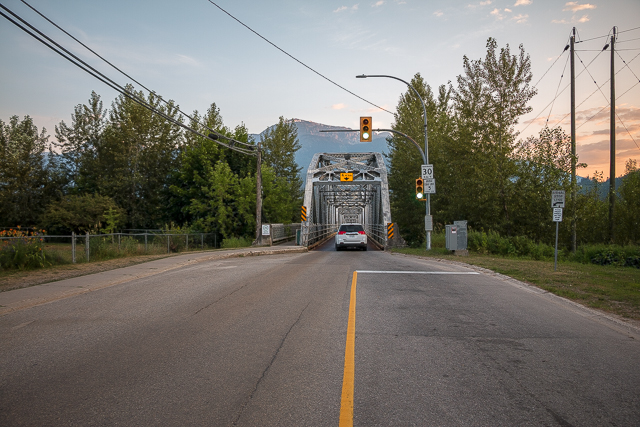
Alternating one way traffic.
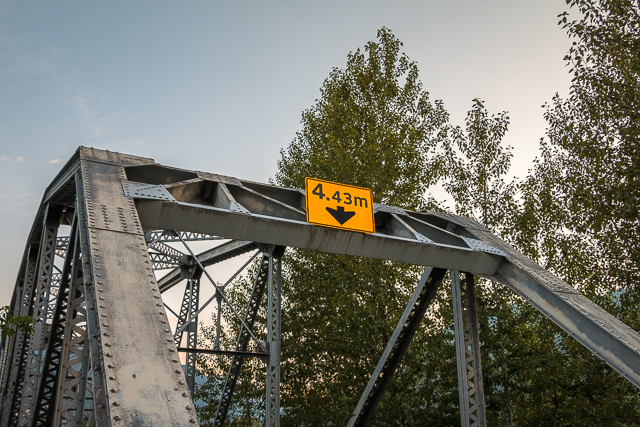
It’s stood here just shy of a century.
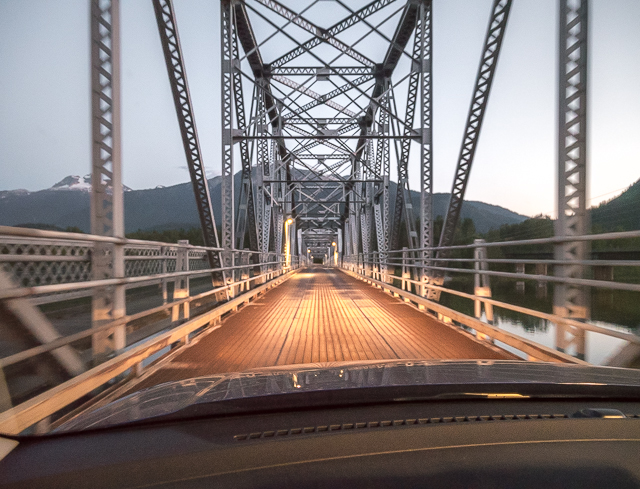
View from the roadway – dinner run!

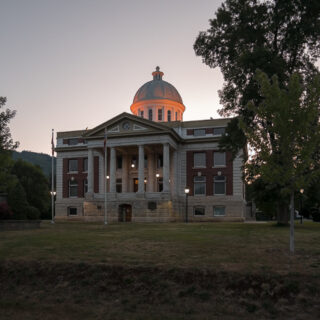
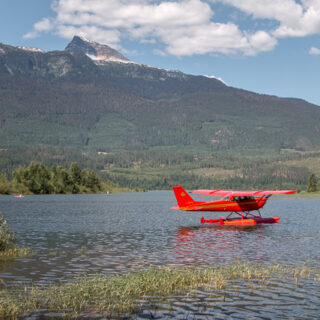
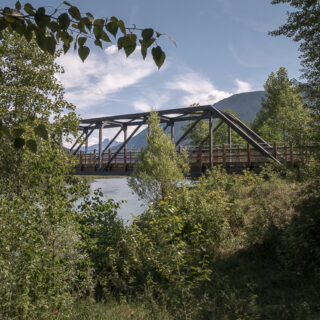
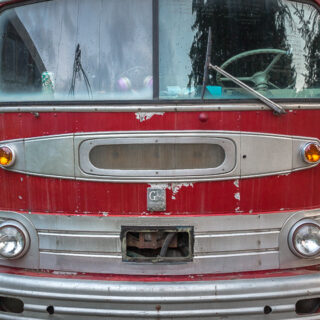
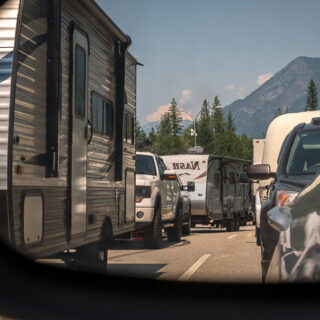
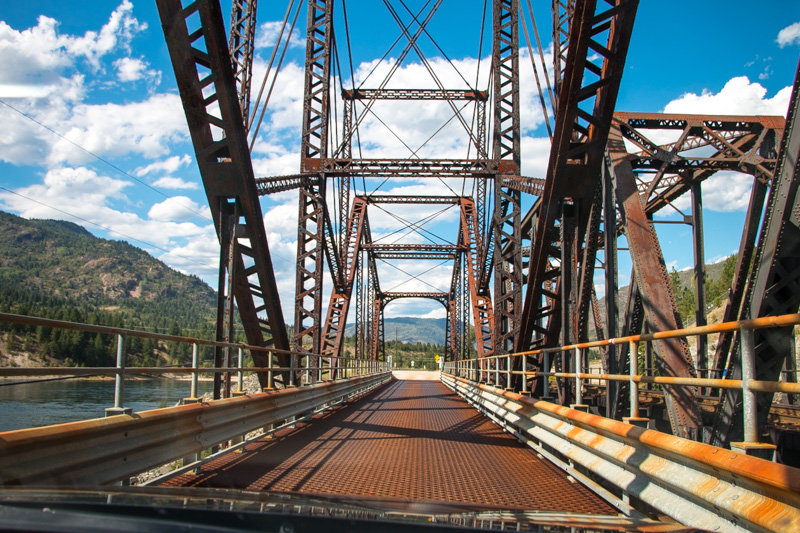
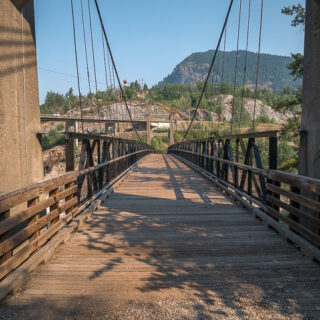
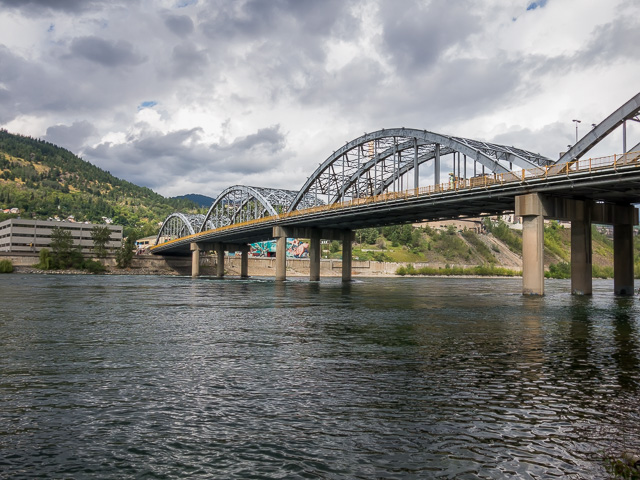
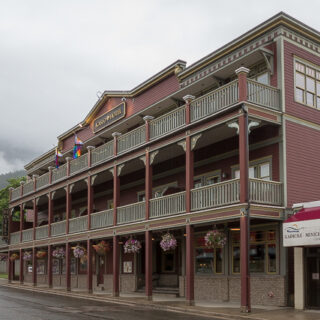
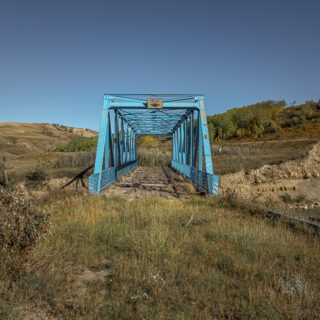
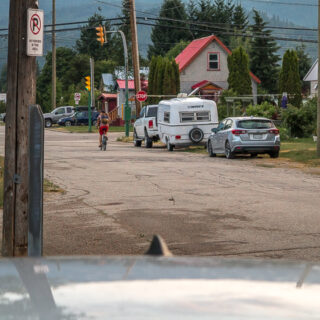
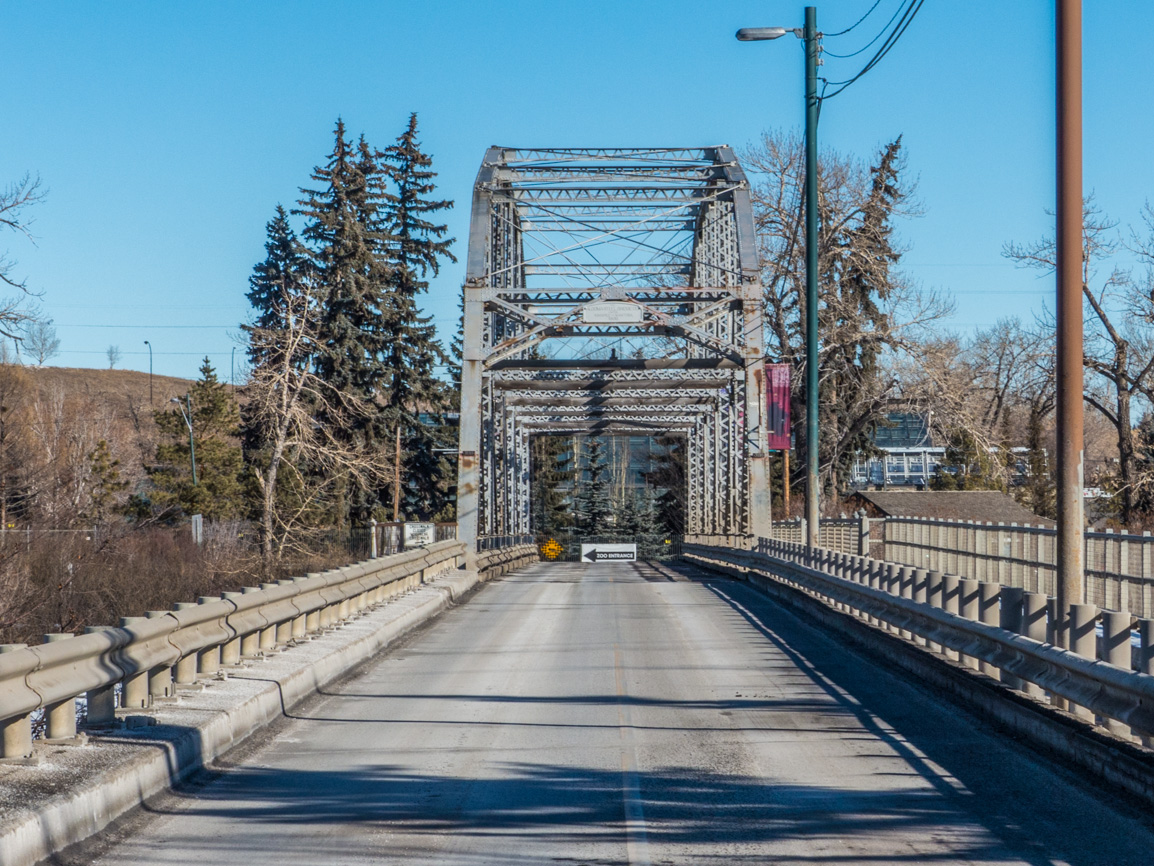







Comments are currently turned off